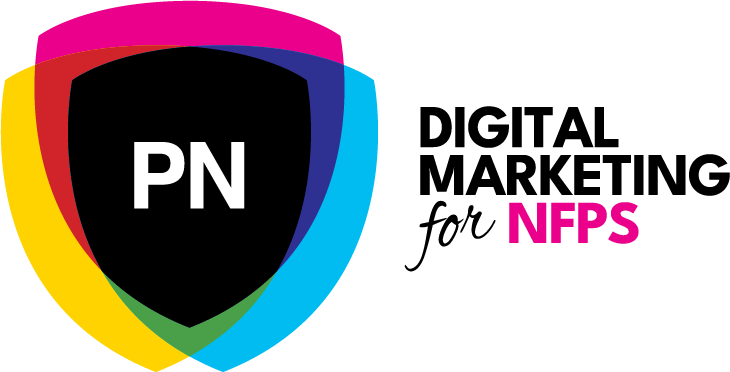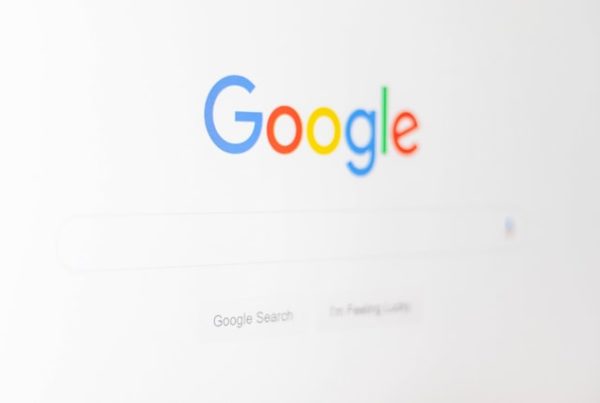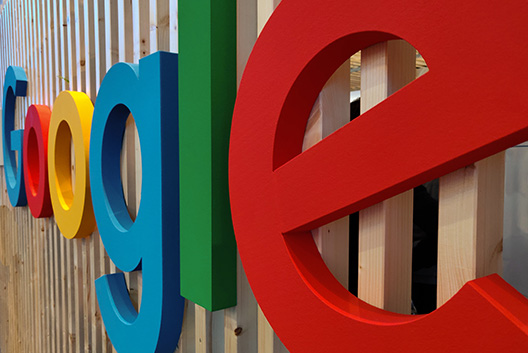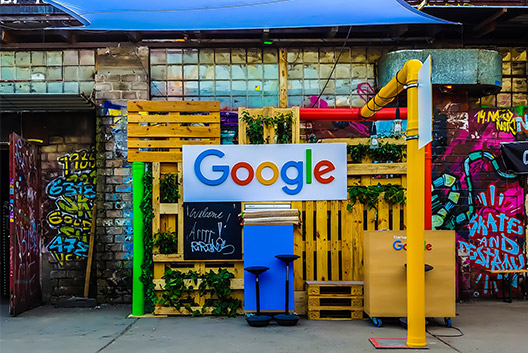You’ve applied for and been granted the $10,000 Google Ad Grant and now you need to set up your first Google Ad campaign – but where do you start?
When used correctly, Google Ads can yield incredible results for NFPs and organisations, increasing traffic to their site and producing highly relevant leads. But creating a strategy from scratch can be a bit daunting – how do you structure it? what keywords will you target? how will your ads drive traffic to your website?
At PN Digital, we specialise in helping NFPs manage their Google Ad Grant accounts and campaigns. We’ve asked our Ad Grant Specialist Mel Gray to share some of her tips to help you get your first campaign up and running.
What are some key things businesses should have in place before they start the campaign process?
Google Ads can be highly profitable, but it’s also costly. It’s a very complex form of advertising and it can take a fair bit of effort and experimentation to find that profitable structure. Before you start, it’s worthwhile to consider how much budget you have to invest into this project. It’s helpful to think of the first month budget as “market research” as you need to gather initial data before you can optimise. If you’re a non-profit or charity, you may be interested in Google’s Grant program which offers up to $10,000USD per month in Google Advertising. Find out more here.
It’s also important to think about how much an enquiry is worth to you, factoring in customer lifetime value. How much revenue on average does one customer/client bring in? How often will they purchase from you? This will give you a benchmark goal for your cost per conversion so you will be able to determine whether it’s profitable or not.
What’s the first step that needs to be taken?
With a budget for market research and a goal cost per conversion set, it’s time to think about keywords. The best place to start is to grab a piece of paper and a pen (or Word doc and keyboard) and begin brainstorming the types of words that describe your business. It’s helpful to put yourself into the mind of the consumer during this step. What would they type into Google to try and find your organisation? While you might know the technical terms related to your industry, the general consumer may not, and therefore you may need to go broader. While this exercise does not include any statistics on search volume or cost per clicks, we tend to find that the most obvious and straightforward keywords have the best conversion rate, and these keywords will form your base set.
How can PN Digital help with this?
We have 6 years of specialised experience in Google Ads, and are well practiced in not only finding describing keywords for our clients but identifying keywords that indicate user intent. There are some keywords that will have a better conversion rate than others, depending on the stage the consumer is in at the time. For example, if you sell blinds online, your conversion rate will be higher for “buy blinds online” than for “what type of blinds are best” or “vertical blind reviews” because the second two indicate the user is still in the research phase. As we pay per click, paying for these broader keywords is an easy way to eat up your budget. With these strategies, we can help identify the most profitable keywords before you even begin advertising.
With these base keywords selected, we run them through some keyword planning tools to get volume and cost per click estimations, which guide us to making the final selection.
After you’ve sorted out your budget and keywords, what should you do next?
The next step is to create your account structure. The number and variety of your selected keywords will help guide the structure of your account as it’s important to group similar keyword themes together. This is one of the factors that contributes to high quality scores.
The basic Google Ad account structure has three levels which include:
- Campaigns
- Ad groups
- Ads
- Ad groups
Here are three guidelines to follow which will help you set up a profitable structure.
- Campaigns: The most important identifying feature of a campaign is that you set budgets at the campaign level. Therefore, if you have different services or product categories, they should ideally have their own campaign so you can control how much budget you allocate towards it. For example, if you are an agency that offers copywriting and branding, these should be separated into their own campaigns.
- Ad groups: Ad groups should be structured around keyword themes, keeping them as closely related as possible. For example in your copywriting campaign, you may want to have separate ad groups for the different types of copywriting you offer (e,g. website, emails, blogs, short stories etc.).
- Ads: It is best practice to have 3-4 ads per ad group, each testing different combinations of headlines and descriptions over time so you can determine which has the best conversion rate.
And finally?
It’s time to create the ad copy! There are a few types of ads available these days, but most comprise of 3 headlines of 30 characters and 2 descriptions of 90 characters. When writing these ads, it’s important include your key features straight away. Make them obvious and straightforward. Users do not spend much time reading the ad copy, so it’s important to gain their attention as quickly as possible with your unique selling points.
You can always have a little fun with the copy as well. It’s best to have one creative version of the ad and a few straightforward, fact-filled ads in the mix so you can compare which one your users respond to best.
How long should it take for businesses to see results?
This is different for every business, ad campaign and industry. It depends on so many factors however as a general guideline it can be anywhere between 2-8 weeks. Good management and smart planning will speed this process up.
What are your takeaway tips for first time campaigners?
Be patient. It takes a while to see results and you need a good data pool to be able to optimise well. If you make 10 changes every day, you won’t be able to decipher which results were due to which change.
It is also very costly to make mistakes due to keyword overlaps (i.e. think spending budget on “wedding bands” (which can also mean wedding rings) when you’re actually a wedding band offering entertainment). If you don’t have time to skill up to learn the platform before launching, you’ll actually save money by engaging a professional.
Related Reading:
5 Things You Need to Know Before Applying for the Google Ad Grant





